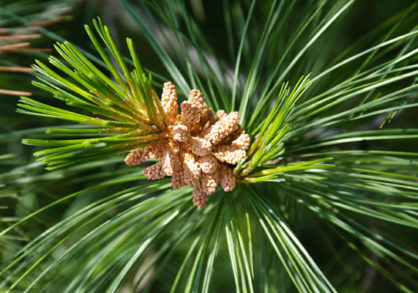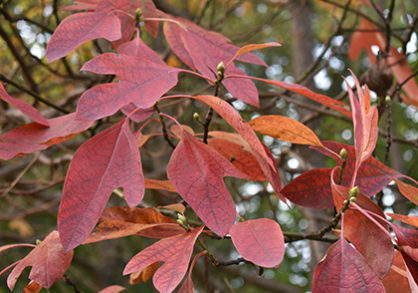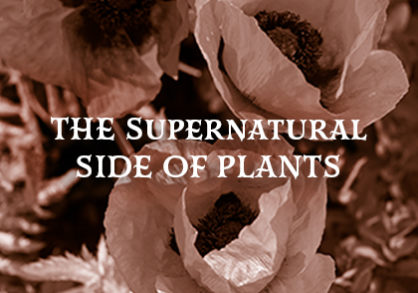
In summer 2022, a plant associated with prosperity and good luck—black-eyed peas—flourished outside the Nevin Welcome Center as part of the exhibition “Seeds of Survival and Celebration: Plants and the Black Experience” at Cornell Botanic Gardens. Black-eyed peas or red field peas are the main ingredient, along with rice, and pork, in Hoppin’ John, a dish traditionally eaten in the southern U.S. on New Year’s Day to bring good luck in the year ahead.
Black-eyed peas, (Vigna unguiculata) are native to tropical west Africa, where they have been an important source of food for over five thousand years. The nutrient-rich beans supply protein, complex carbohydrates, fiber, and essential vitamins and minerals. In West Africa the beans are cooked and added to soups and stews. They are also ground into a paste that is formed into small cakes that are fried into crispy fritters known as akara.
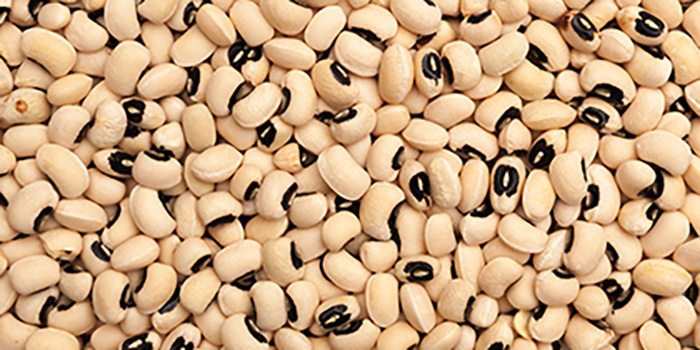
Black-eyed peas were part of the provisions fed to millions of captive men, women, and children on slave ships while enduring the brutal Atlantic crossing to the Americas. On plantations, many enslaved Africans and their descendants cultivated black-eyed peas in their domestic vegetable gardens for personal consumption. Hoppin’ John is one of many dishes that originated in the kitchens of the enslaved Africans. While there is debate around the origins of the dish’s name, one popular story is that it was named after an elderly African American man who sold black-eyed peas on the streets of Charleston, South Carolina, and was known as Hoppin’ John because he hopped on one leg due to an injury.
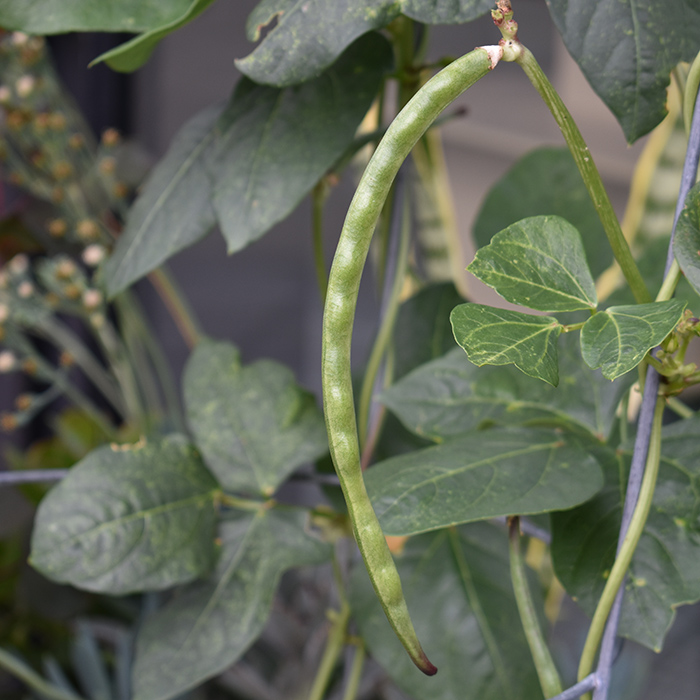
Within African-American communities, Hoppin’ John is often associated with a significant historical event—the Emancipation Proclamation—that promised freedom to enslaved African Americans. The Proclamation declared that enslaved people living in the Confederate States where slavery was being practiced were legally free. The executive order went into effect on the stroke of midnight on New Year’s Eve in 1862. The Historical Legacy of Watch Night, a publication of the Smithsonian’s National Museum of African American History and Culture states, “The occasion, known as Watch Night or ‘Freedom’s Eve,’ marks when African Americans across the country watched and waited for the news of freedom. “Today, Watch Night is an annual New Year’s Eve tradition that includes remembrance of slavery and freedom, reflections on faith, and celebration of community and strength.” Part of this tradition includes preparing and eating Hoppin’ John.
There are variations on the Hoppin’ John recipe, but black-eyed peas or red field peas (Lathyrus cicero) and rice are the key ingredients, combined with smoked pork, onions, and aromatic spices and cooked into a flavorful and satisfying meal. Slowly cooked collard greens are a customary side dish and represent dollar bills as a symbol of increased prosperity. Beans represent coins as well as good luck. Food historian, Adrian Miller explains in his article, Why Do We Eat Black-Eyed Peas on New Year’s Day? (Garden and Gun December 28, 2020)
“…West Africans have long considered black-eyed peas as a good luck charm that warded off the Evil Eye. Additionally, even though beans had a low-class reputation, they were viewed more favorably on auspicious days because they swell while being cooked. This increase in size symbolized good luck because presumably one’s fortunes would increase.”
Recipes for Hoppin’ John abound in cookbooks and online. One authentic version comes from food historian Toni Tipton-Martin, author of Jubilee: Recipes from Two Centuries of African American Cooking.
Eating Hoppin’ John is one of countless traditions across cultures worldwide to bring good luck in the New Year. Enjoy this one or your own traditions, as we ring in 2023.
Pam Shade is a horticulturist and educator at Cornell Botanic Gardens
White Pine: the great tree of peace
The eastern white pines (Pinus strobus) that tower over Comstock Knoll are a powerful cultural symbol to the Haudenosaunee Confederacy.
Sassafras: Native gem of North America
Sassafras is a North American tree steeped in Indigenous culture throughout its range within deciduous woodlands of the northeast and southeast United States.
The Supernatural Side of Plants
Steeped in legends and lore, herbs provide a physical link to the beliefs and practices of people through the ages.
